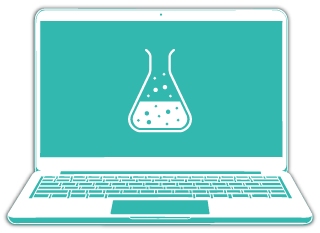Current Status
Not Enrolled
Price
$15/$25 (Year 7 Bundle) $20/$45 (Complete Bundle)
Get Started

Year 7 Introduction to Science
This online course provides an introduction to Year 7 Science for the Australian Science Curriculum (version 8.4).
Course Content
Expand All
Lesson Content
0% Complete
0/6 Steps
Lesson Content
0% Complete
0/7 Steps
Lesson Content
0% Complete
0/7 Steps
Lesson Content
0% Complete
0/9 Steps

